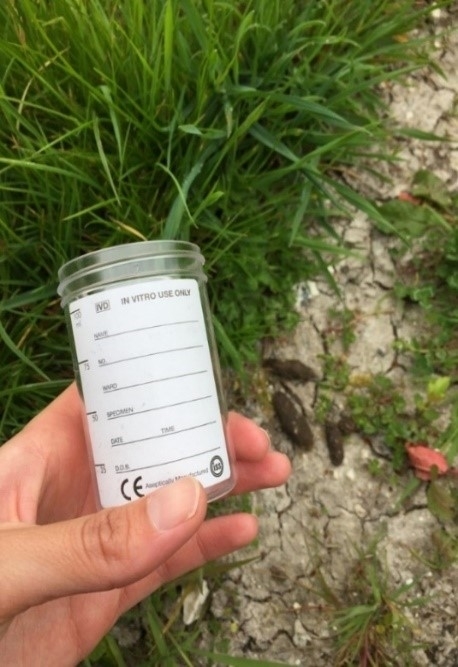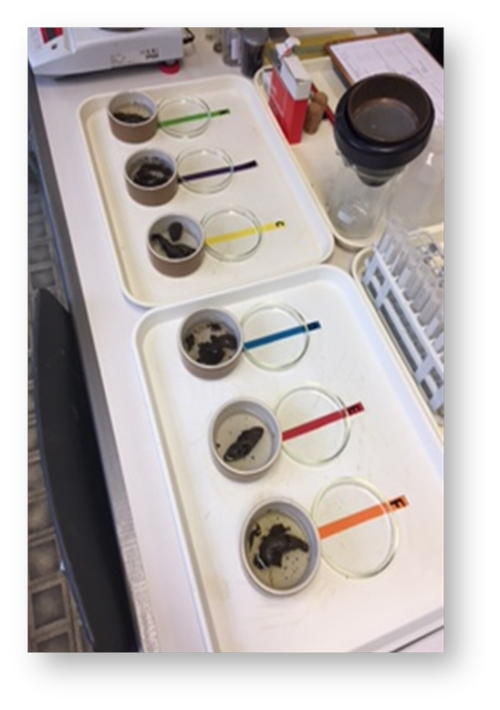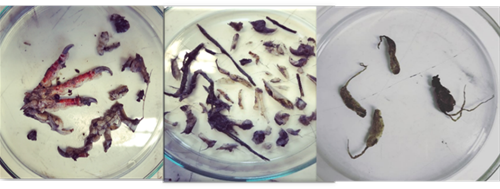By Jodie Case, Waders for Real Research Assistant

The Waders for Real project is implementing various conservation strategies, aimed at reversing the long-term decline of breeding wading birds in the Avon Valley. By monitoring lapwing and redshank breeding success throughout the valley, we will determine the effect of habitat restoration work (e.g. the input and re-establishment of in-field wet features) on several ‘hotspot’ sites. Data is also being collected on the activity and abundance of avian and mammalian predators and other important taxa. In relation to predator monitoring, we are using methods such as GPS tracking, high seat surveys and camera traps to provide us with a better understanding of how predators, particularly foxes, use water meadow habitats and how they behave around breeding waders.
Early in the project, fox monitoring in an area of the valley with no active fox control or recently recorded breeding waders, gave us an indication of fox densities in wetland habitats. In an area of around 1km2, 10 foxes fitted with GPS collars were occupying the site, and a similar number of un-collared foxes were also observed in the same area during the three month tracking period (Tracking foxes in the Avon Valley: An Update, Jul 10, 2018). These initial findings prompted the question; what food resources are sustaining such high densities of foxes? This is where fox diet research can help…but in order to be able to study the diet of a fox, there is one important substance which is required….fox scat!
Since the start of the project in 2015, over 500 fox scats have been collected on river meadows in the Avon Valley during the spring and summer months. Most of these were collected along fixed routes walked at regular intervals, but others were gathered as and when they were found. When undertaking a ‘scat search’ we take out as many sample pots as we can carry (Figure 1) and upon finding a scat it is carefully placed in its own pot, and labelled with the date and site name, a grid reference, a description of the location where the scat was found, and a note detailing its freshness on a scale from 1 – 5.

Figure 1: Collection of fox scats is a crucial aspect of predator monitoring
Figure 2 (below): Scat analysis helps us to understand composition and frequency of prey items
Collected scats are then processed in the lab (Figure 2.) with the aim of gaining as much information from each scat as possible using macroscopic analysis. During the process, we dry, weigh, measure volume, soak, sieve, and finally, look through each individual scat to estimate the proportion of prey categories (including small mammals, rabbits, birds, fish, invertebrates, fruit) so that we can start to understand the composition of diet and frequency of prey items (Figure 3).

Figure 3: Prey remains from scat samples (Left to right – woodpigeon, juvenile rabbit, rat-tailed maggots).
Culled foxes are also being given to us from local estates involved in the Waders for Real project. From stomach dissection we have found similar items, including fruits, seeds, insects, small mammals, birds and some human foods, including cooked chicken; Figure 4).

Figure 4: Food remains from fox stomachs (Left to right - cherries, small mammals).
There is still much to be done in relation to our fox diet research. However, an initial exploratory study, using a small sample of scats from three study sites in the valley, suggest that diet composition might be linked to prey availability. Across the sites, the main prey items included small mammals and birds, but in differing proportions. The higher proportion of birds within the diet on one particular site may reflect that the site is both actively managed for wading birds and prone to regular, natural flooding which could mean reduced small mammal availability. These results reinforce the understanding that foxes are opportunistic predators, and that together with targeted lethal and non-lethal control methods, prey availability influenced through habitat and land management practices could be a key factor in protecting the future of wading birds from fox predation.
It is difficult to identify prey remains from scats down to species level, so the next stage of our fox diet research will be to use DNA methods, such as metabarcoding, to determine if our macroscopic analysis method is missing items we are particularly interested in, including wading birds. Using another DNA method (genotyping) on scats will also help us to estimate population density and ascertain family structures of the foxes on our study sites. Stay tuned for future updates!
Want to learn more about Waders For Real?
Visit the Waders For Real website and get all the latest project updates on Twitter and Facebook